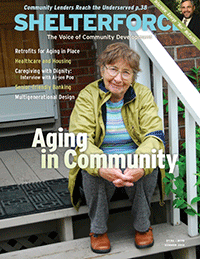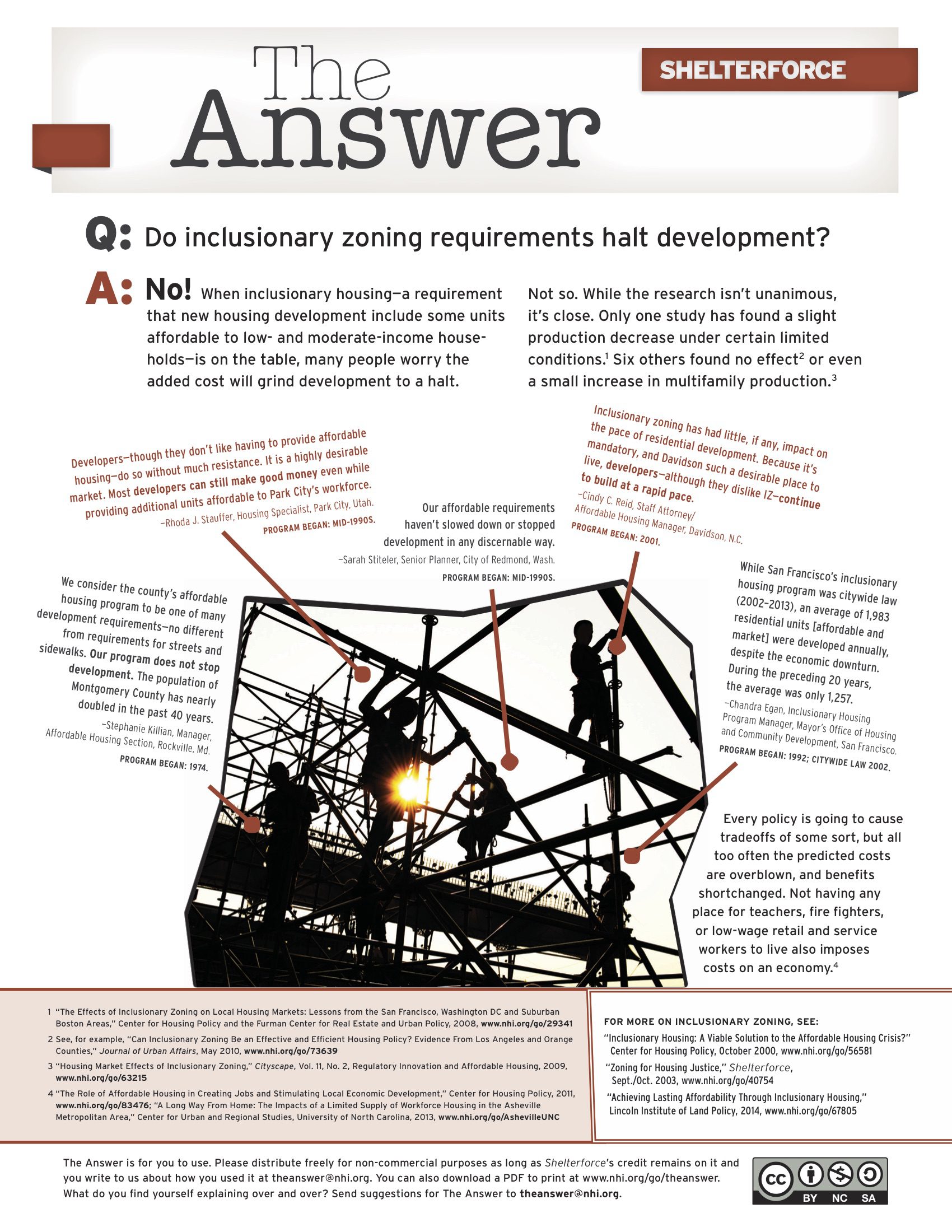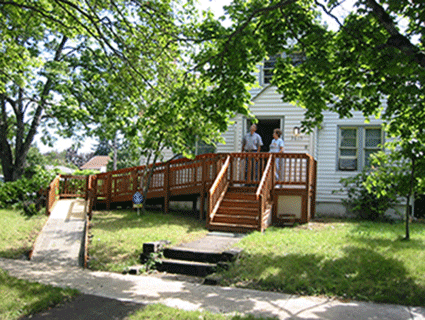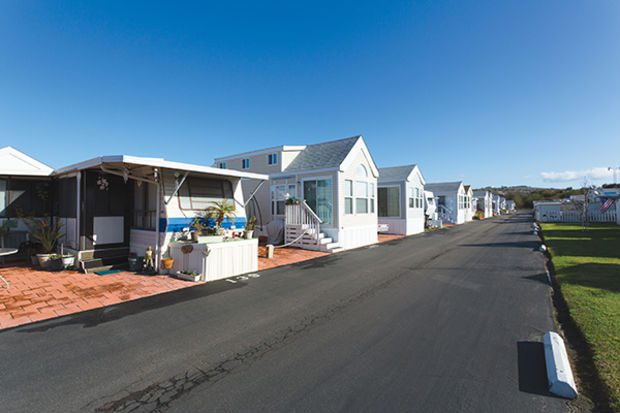
And with the retirement of the baby boomers, the nation’s army of volunteers is growing. According to a study released by the Corporation for National and Community Service in 2013, “senior volunteering is at a 10-year high—one in three volunteers is age 55 and older.” CNCS sees the coming age wave as an opportunity: “With nearly one in every five Americans projected to be age 60 or older by 2030, a great opportunity exists to engage older Americans in service to meet critical community needs.”
Of course in order to tap that wave of world-changing energy, we first need to live up to our moral obligation to ensure a decent quality of life for older adults so they are healthy, well housed, mobile, and connected to a community in which they can volunteer.
Unfortunately, our housing stock and our communities are not ready to accommodate the needs of the coming age wave. Baby boomers are living longer lives and have higher rates of debt and far less savings than previous generations. The economy is putting many older adults back into the position of head of household. Most of our housing stock is not adapted for the challenges of aging, and our healthcare system is only taking the first baby steps toward thinking about prevention. All this puts us in danger of having an overwhelmed system in which the lives of too many seniors, especially lower income ones, are isolated, curtailed by preventable falls, or disrupted by premature moves and institutionalization.
The good news is this is a challenge for which we have the chance to fully prepare. Unlike bursting housing bubbles or tax reform, we know more or less exactly what’s coming, and when. We also have a pretty good grasp on what needs to happen, and this issue of Shelterforce explores many of those things. (Sign up for Shelterforce Weekly for free to follow our online coverage of even more ideas that didn’t fit into this issue.)
The top priority is doing what it takes to allow the majority of older Americans who want to do so to age in their current homes for as long as they can. This can take the form of help with home repair and home modification for accessibility and safety. It can take the form of improving transit and walkability in existing communities; service coordination; improving the quality, dignity, and affordability of in-home care; and facilitating shared housing arrangements. It also means when designing new homes that aren’t senior-specific, doing it in such a way that they won’t require much modification as someone ages in them, a strategy known as universal design. And it means helping to keep older adults from falling prey to scammers intent on stealing their home equity or life savings.
Not all older adults want to stay in their current home forever—especially in too-big, car-dependent homes. So another step is allowing these seniors to “age in community,” by creating housing options that meet their needs in terms of accessibility, multigenerational or intergenerational living, community, and health.
All of these things fall squarely under the rubric of pay now or pay later. As Ai-jen Poo, a 2014 MacArthur Fellow and head of Domestic Workers United, says in our interview with her, “The idea that we would put 27 million [people] into nursing homes—the current status quo model—it’s just not tenable.”
But if we do invest in the housing and care infrastructure we need, the benefits would be striking, not only in costs avoided, but also in the gifts of time, energy, caring, and wisdom that could be unleashed.
Also in this issue, George “Mac” McCarthy, recently the head of the Ford Foundation’s Metropolitan Opportunities Unit and now the president of the Lincoln Institute of Land Policy, gives us some of his characteristic blend of thoughtfulness and provocation in an interview that ranges from preventing displacement to what Latin America has to teach us about tax policy and land use. Dig in and let him inspire you to see land policy as a tool for justice.





Comments